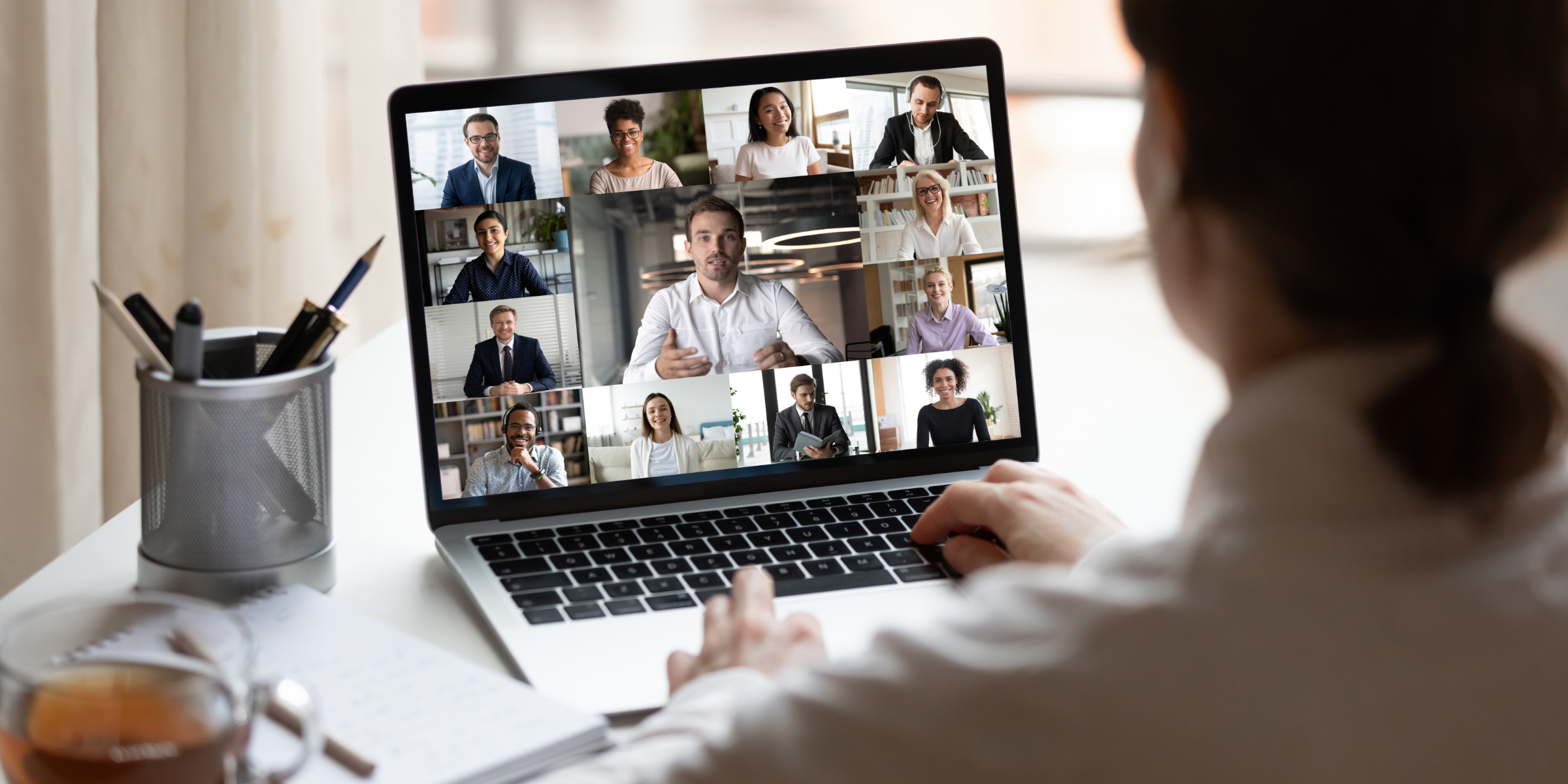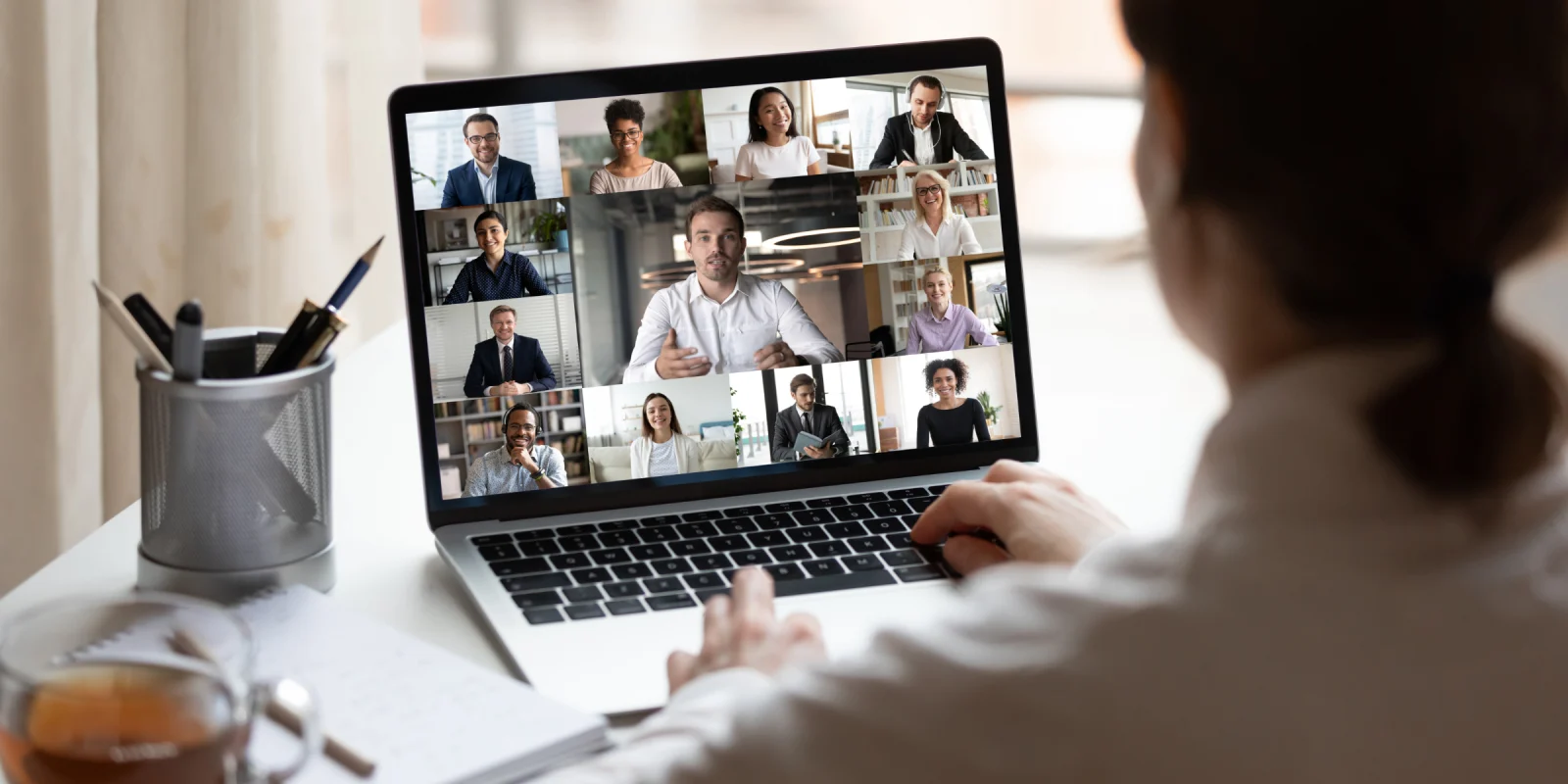
Ascending the escalator to the main floor, you can’t help that familiar feeling of excitement. Orthopaedic annual meetings are always fun. You disembark the escalator, cross the carpeted floor, and step through the main doors of the auditorium. The sight before you is immense. A massive hall with rows upon rows of booths, presentations, and seating areas, all adorned with colors and lights to attract the eye. It is a labyrinth. There are stations showcasing the latest products, demo areas for hands-on learning, posters unveiling the latest research findings, and interactive digital displays, all interspersed with people mingling, catching up with old friends and forging new bonds. As you cross the column of stalls, turn between booths, eyes darting to take it all in, you constantly bump into long time friends from medical school, orthopaedic surgery residents from other programs, and industry representatives from your own city. Smiles are flashed, firm handshakes exchanged. You catch up about life, share humorous anecdotes from the world of orthopaedics, discuss which educational sessions to attend, and of course — where to grab dinner that night. The meeting is a wonderful mix of socializing and education, with introduction to new products and ideas, and formal lectures from leaders in the field. But – just stop. Completely stop. Because that was the past. Before COVID-19.
The pandemic has truly affected everything, including national level academia, continuing education, and professional networking. The American Orthopaedic Society for Sports Medicine (AOSSM) 2020 Annual Meeting was slated for July 9 – 12 in Seattle, WA. Yet it took place virtually on July 8 – 9 on our computers. Given the reality of our current social and public health climate, many similar events have had to adjust. However, the AOSSM did it beautifully. True to the theme of incorporating technology into daily medical practice and health care on the whole, AOSSM provided masterful virtual sessions across a variety of relevant topics featuring leaders in the field. Experienced surgeons discussed and debated their strategies for evolving practice in the current pandemic era, and contingencies to safely provide the highest level of care moving forward. Current and former professional athletes proffered insight into maintaining exceptional performance whilst adhering to safety protocols. Industry and business leaders, such as executives from the NFL and NCAA, discussed potential guidelines for screening, safety measures for training and competition, and necessary changes to allow continuation of sports. Computer scientists and consultants from companies like Amazon showcased the benefits and direct applications of machine learning and high level pattern recognition for athlete and audience safety.
Direct point-of-care solutions and innovations were also unveiled. EHR have been ubiquitous for decades; yet the explosion of telemedicine that has sprung forth since COVID-19 hit the global stage has led many to question whether current EHR systems are ideally poised to continue providing optimal care. Specialty-specific EHR solutions were presented, with built-in features for improved telemedicine, allowing ease of use for both patient and provider to minimize lapses in care. Technological innovation continues to expand, with devices and services becoming more efficient, portable, and simple to use. A new mini C-arm (device to obtain immediate fluoroscopic images) was unveiled, weighing less than 20 pounds and powered solely by batteries. This has the potential to enhance diagnostic capability directly at the sports sideline, in the clinic and local urgent care setting, more resource-limited areas across the globe, and even as a rapid assessment tool in larger and established hospitals. Additionally, the integration of technology in the assessment of athletes regarding post-injury recovery and appropriate return to play was demonstrated. Merging the power of motion analysis, GPS, and pattern recognition through machine learning, athletes, sports teams, and physicians can more accurately determine when post-injury biomechanics have been appropriately restored, thus allowing a safe and timely return to play.
Naturally, no academic medical meeting in 2020 can be complete without a serious look at the effects of COVID-19 on daily practice, general public health concerns, and possible future changes. Pertaining specifically to the world of sports and Orthopaedic Sports Medicine, several virtual sessions at AOSSM discussed the importance of adopting strict screening guidelines and participation requirements. Safety protocols during both training and competition bear import not only for professional athletes, but potentially even more so for the thousands of amateur athletes at the collegiate, high school, and elementary level. As the pandemic and reciprocal societal response continue to evolve, this conversation must remain fluid and able to adapt, with balanced input from medical experts, athletes and teams themselves, and local and national guidelines. Of critical importance, it must be universally understood and accepted that the pandemic is not a political issue. It is a health care crisis. It does not know left vs. right, red vs. blue, nor does it respect party affiliation or belief. As the world of sports knows well, it is only a concerted team effort on behalf of society that will overcome it.
So now you sit in that all-too-familiar chair in your home, “participating” in a virtual academic meeting in 2020. You don’t cross any finely carpeted floor. You don’t step into a vaulted ceiling auditorium. There are no colorful booths and enticing products to walk by, no friendly faces to smile at or familiar hands to shake. There is a computer screen in front of your face, and headphones in your ears. However, the information and education are still there, and as always human beings will adapt. We will overcome. As physicians we will apply the new knowledge and tools and continue providing optimal care for our patients. And who knows? Maybe next year I’ll get to see you in person, smiling from beneath a mask at the AOSSM 2021 Annual Meeting in Nashville, Tennessee. Here’s to hoping that I can ascend that escalator, filled with excitement next year, at Music City, U.S.A.
Adil Shahzad Ahmed is an Orthopaedic Surgery resident physician at the University of South Florida in Tampa, FL. He is interested in offering a lens into the life of a doctor and surgeon, and the growth throughout the stages of education and training. He also runs a website providing advice and personal anecdotes to college and medical students on the journey to becoming physicians (www.medschooldeclassified.com).







